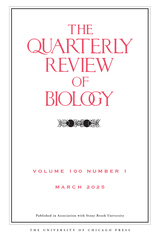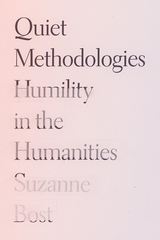3 books about Adhikari, Mohamed
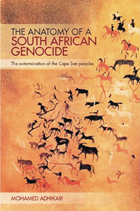
The Anatomy of a South African Genocide
The Extermination of the Cape San Peoples
Mohamed Adhikari
Ohio University Press, 2011
In 1998 David Kruiper, the leader of the ‡Khomani San who today live in the Kalahari Desert in South Africa, lamented, “We have been made into nothing.” His comment applies equally to the fate of all the hunter-gatherer societies of the Cape Colony who were destroyed by the impact of European colonialism. Until relatively recently, the extermination of the Cape San peoples has been treated as little more than a footnote to South African narratives of colonial conquest. During the eighteenth and nineteenth centuries, Dutch-speaking pastoralists who infiltrated the Cape interior dispossessed its aboriginal inhabitants. In response to indigenous resistance, colonists formed mounted militia units known as commandos with the express purpose of destroying San bands. This ensured the virtual extinction of the Cape San peoples. In The Anatomy of a South African Genocide, Mohamed Adhikari examines the history of the San and persuasively presents the annihilation of Cape San society as genocide.
[more]
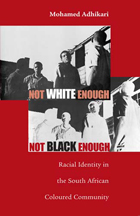
Not White Enough, Not Black Enough
Racial Identity in the South African Coloured Community
Mohamed Adhikari
Ohio University Press, 2005
The concept of Colouredness—being neither white nor black—has been pivotal to the brand of racial thinking particular to South African society. The nature of Coloured identity and its heritage of oppression has always been a matter of intense political and ideological contestation. Not White Enough, Not Black Enough: Racial Identity in the South African Coloured Community is the first systematic study of Coloured identity, its history, and its relevance to South African national life. Mohamed Adhikari engages with the debates and controversies thrown up by the identity’s troubled existence and challenges much of the conventional wisdom associated with it. A combination of wide-ranging thematic analyses and detailed case studies illustrates how Colouredness functioned as a social identity from the time of its emergence in the late nineteenth century through its adaptation to the postapartheid environment. Adhikari demonstrates how the interplay of marginality, racial hierarchy, assimilationist aspirations, negative racial stereotyping, class divisions, and ideological conflicts helped mold people’s sense of Colouredness over the past century. Knowledge of this history, and of the social and political dynamic that informed the articulation of a separate Coloured identity, is vital to an understanding of present-day complexities in South Africa.
[more]
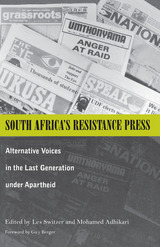
South Africa’s Resistance Press
Alternative Voices in the Last Generation under Apartheid
Les Switzer
Ohio University Press, 2000
South Africa's Resistance Press is a collection of essays celebrating the contributions of scores of newspapers, newsletters, and magazines that confronted the state in the generation after 1960. These publications contributed in no small measure to reviving a mass movement inside South Africa that would finally bring an end to apartheid. This marginalized press had an impact on its audience that cannot be measured in terms of the small number of issues sold, the limited amount of advertising revenue raised, or the relative absence of effective marketing and distribution strategies. These journalists rendered communities visible that were too often invisible and provided a voice for those too often voiceless. They contributed immeasurably to broadening the concept of a free press in South Africa. The guardians of the new South Africa owe these publications a debt of gratitude that cannot be repaid.
[more]
READERS
Browse our collection.
PUBLISHERS
See BiblioVault's publisher services.
STUDENT SERVICES
Files for college accessibility offices.
UChicago Accessibility Resources
home | accessibility | search | about | contact us
BiblioVault ® 2001 - 2025
The University of Chicago Press


